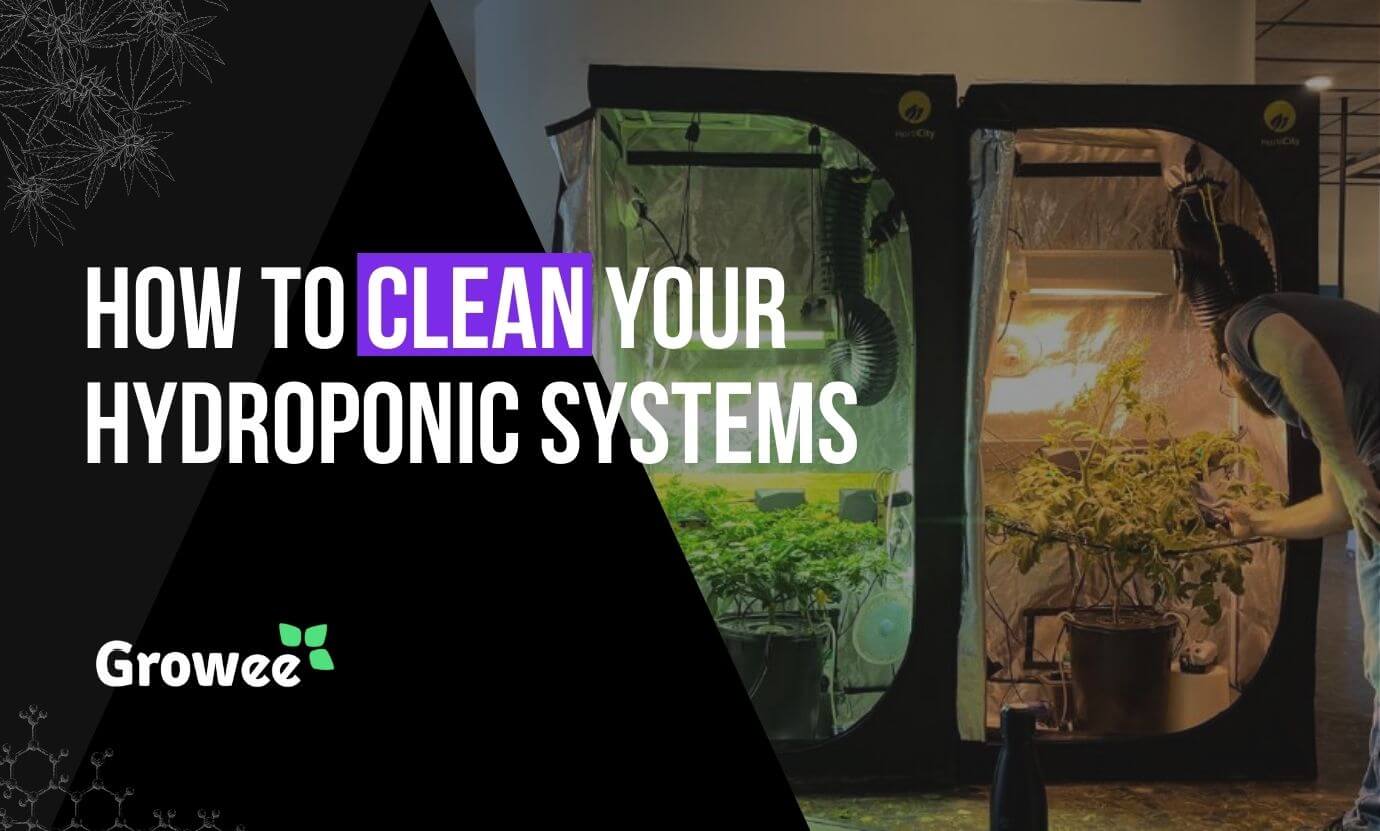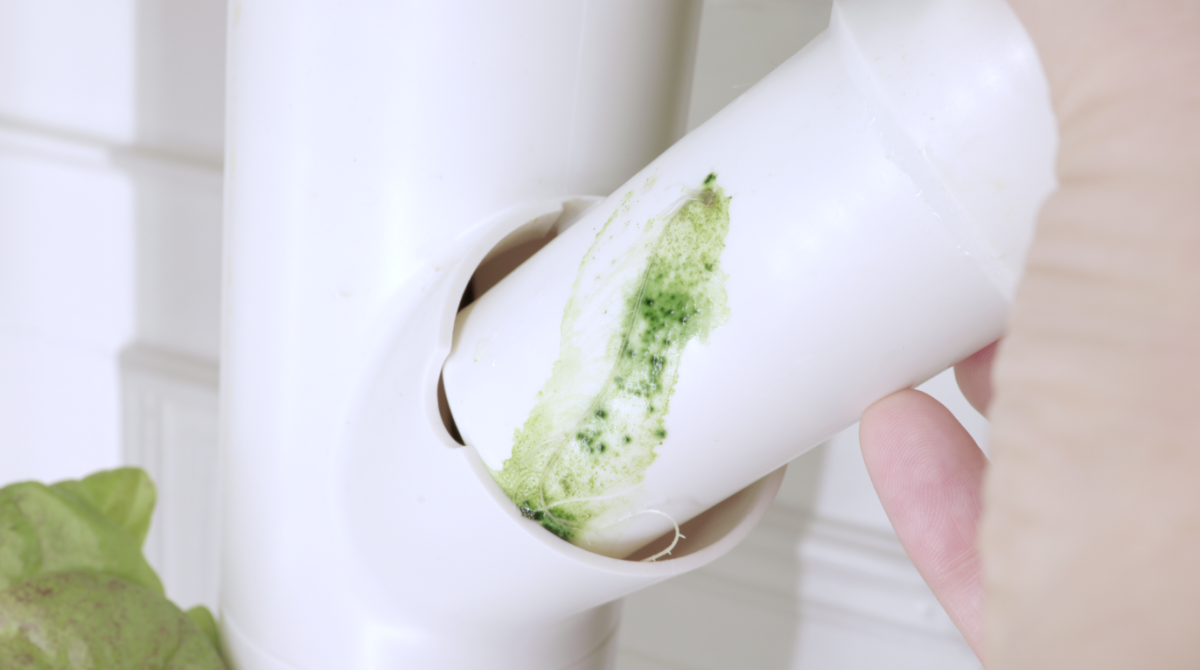To clean a hydroponics system, start by draining the nutrient solution and rinsing all components with warm water. Use a mild detergent for stubborn residues, then thoroughly rinse everything before reassembling.
Maintaining a clean hydroponics system is crucial for plant health and optimal growth. Over time, algae, mineral deposits, and pathogens can build up, affecting nutrient absorption and plant vigor. Regular cleaning prevents these issues, ensuring a thriving environment for your plants.
This process not only enhances the efficiency of your system but also extends its lifespan. A well-maintained hydroponics setup leads to healthier plants and better yields. Understanding how to clean your system effectively will help you cultivate a lush and productive garden. Prioritize cleanliness for a successful hydroponic gardening experience.

Credit: m.youtube.com
How to Clean Hydroponics System : Step by Step Guide
Introduction To Hydroponics Cleaning
Cleaning a hydroponics system is very important for its health. It helps remove harmful bacteria and algae. A clean system ensures better plant growth and higher yields.
Ignoring cleaning can lead to issues. Plants may suffer from nutrient deficiencies. Pests and diseases can thrive in dirty environments.
| Common Challenges | Effects on Plants |
|---|---|
| Clogged filters | Reduced water flow |
| Algae buildup | Decreased light absorption |
| Leftover nutrients | Imbalanced nutrient levels |
Preparation Steps
Start by gathering the necessary tools for cleaning your hydroponics system. You will need a bucket, sponge, and cleaning solution. A soft brush is helpful for stubborn spots. Make sure to have gloves and safety goggles for protection.
Safety is very important. Always wear gloves to protect your hands. Goggles will keep your eyes safe from splashes. Ensure that the area is well-ventilated. Avoid using harsh chemicals that can harm plants or equipment.
Draining Your Hydroponics System
Regularly draining your hydroponics system is essential for maintaining plant health. Aim to drain every 2 to 3 weeks. This helps remove excess nutrients and prevent algae growth.
Check the water clarity. If the water looks dirty or murky, it’s time to drain. Pay attention to the plant growth as well. Stunted growth can indicate that the system needs a refresh.
Follow these simple steps:
- Turn off the pump.
- Remove the reservoir lid carefully.
- Use a siphon or pump to drain water.
- Clean the reservoir with a mild solution.
- Refill with fresh nutrient solution.

Credit: floraflex.com
Cleaning Solution Choices
Choosing the right cleaning solution is essential for your hydroponics system. Natural options, like vinegar and baking soda, are safe and effective. They do not harm plants or the environment.
Chemical solutions, such as bleach, can be effective but require caution. Always follow safety guidelines when using chemicals. Ensure proper rinsing to avoid residue on plants.
| Type | Advantages | Disadvantages |
|---|---|---|
| Natural | Safe for plants and eco-friendly | May require more scrubbing |
| Chemical | Strong and effective | Can leave harmful residues |
Recommended products include hydrogen peroxide and citric acid for natural cleaning. For chemical options, look for hydrochloric acid or bleach. Always read product labels for best practices.
System Disassembly Tips
To clean your hydroponics system, start with careful disassembly. First, remove the reservoir. This holds the nutrient solution. Next, take out the pump. The pump circulates water throughout the system.
Don’t forget to remove the growing medium. This is where plants grow. Finally, take off the tubing. Tubing connects different parts of the system.
Organizing components helps during reassembly. Use labeled bags for each part. Keep the manual handy for reference. This way, putting everything back together becomes easier.

Credit: getgrowee.com
Deep Cleaning Process
To clean the reservoir, first, drain all water. Rinse it thoroughly with warm water. Use a non-toxic cleaner to scrub the inside. Make sure to remove all algae and debris. Rinse again with clean water. Fill it with clean water and let it sit for a few hours. Then, drain it again.
For grow trays and pipes, remove any old plant matter. Clean with warm water and a soft brush. Use a sanitizing solution to kill germs. Rinse well with clean water. Ensure all parts are completely dry before reassembling. Regular cleaning helps plants grow healthy.
Rinsing And Reassembling
Start by draining all water from your hydroponics system. Use a clean bucket to collect the water. Rinse all components with fresh water. This includes tubes, pumps, and containers. A soft brush helps remove any residue.
For stubborn spots, a mild detergent can be used. Rinse thoroughly to avoid chemical residue. Ensure all parts are completely dry before reassembling.
Reassemble the system carefully. Place each part back in its original position. Check for secure connections to avoid leaks. After reassembly, fill the system with nutrient solution and test for proper function.
Post-cleaning Maintenance
Regular upkeep is essential for a healthy hydroponics system. Check the nutrient levels weekly. Clean the reservoir every month to prevent buildup. Inspect the pH balance regularly to ensure it stays optimal.
Monitor the water temperature and adjust as needed. Look for any signs of algae or mold. Replace light bulbs as they age to maintain growth. Keep a close watch on the pump performance for any signs of wear.
| Task | Frequency |
|---|---|
| Nutrient Level Check | Weekly |
| Reservoir Cleaning | Monthly |
| pH Balance Check | Weekly |
| Temperature Monitoring | Daily |
Frequently Asked Questions
How Often Should I Clean My Hydroponics System?
It’s recommended to clean your hydroponics system every 2 to 4 weeks. Regular cleaning prevents algae growth and nutrient buildup. This ensures optimal plant health and growth. Additionally, check your system for any signs of clogs or blockages during each cleaning session.
What Supplies Do I Need To Clean Hydroponics?
To clean your hydroponics system, gather a soft brush, disinfectant, and water. You may also need gloves and a bucket for rinsing. Use a non-toxic cleaner to ensure safety for your plants. Proper supplies make the cleaning process efficient and effective.
Can I Use Vinegar To Clean My Hydroponics System?
Yes, vinegar is an effective and natural cleaning solution. It helps remove mineral deposits and disinfect surfaces. Mix equal parts of vinegar and water for the best results. Rinse thoroughly afterward to prevent any residue that could harm your plants.
What Are The Steps To Clean A Hydroponics System?
Start by draining the reservoir and removing any plant matter. Next, scrub all surfaces with a brush and cleaning solution. Rinse thoroughly with water and refill the reservoir with fresh nutrient solution. Finally, reconnect any components and check for leaks before reintroducing plants.
Conclusion
Keeping your hydroponics system clean is essential for healthy plant growth. Regular maintenance prevents diseases and promotes nutrient absorption. Use the steps outlined to ensure optimal performance of your setup. A clean system leads to robust plants and higher yields.
Embrace these practices for a thriving hydroponic garden and enjoy the rewards!

